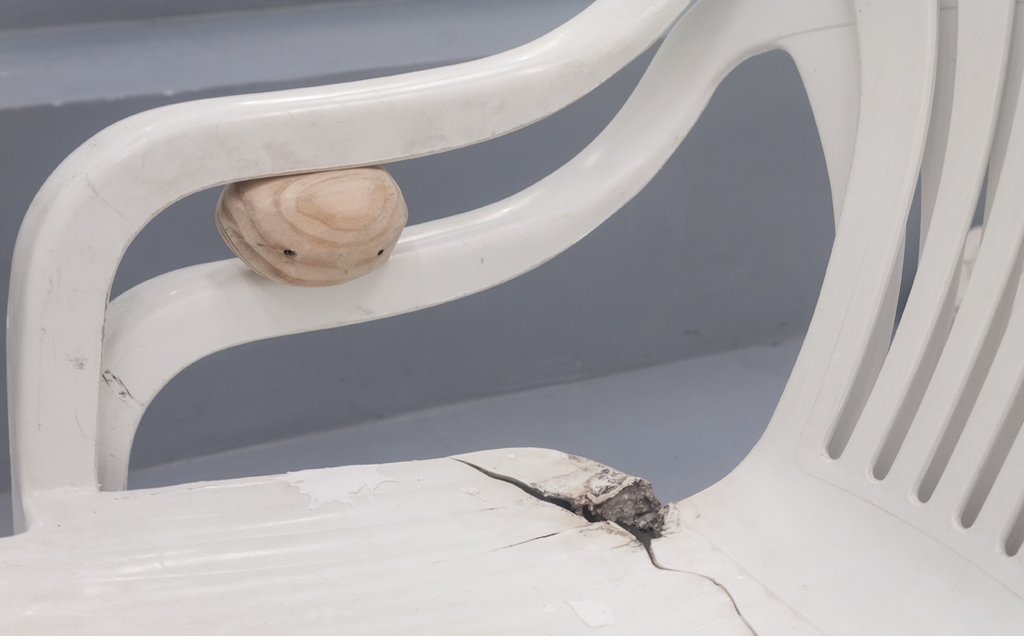
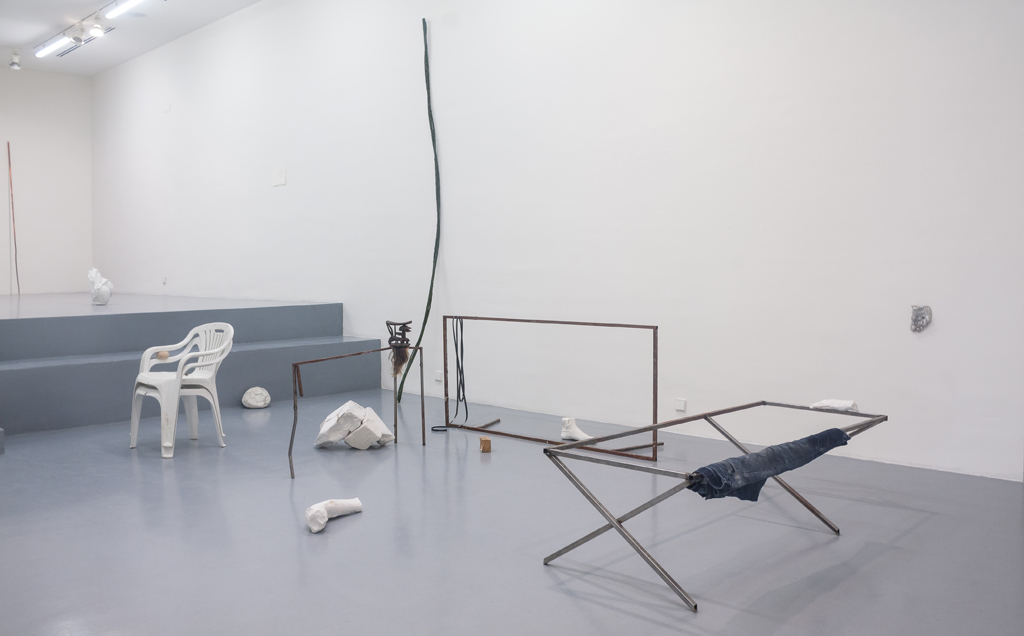




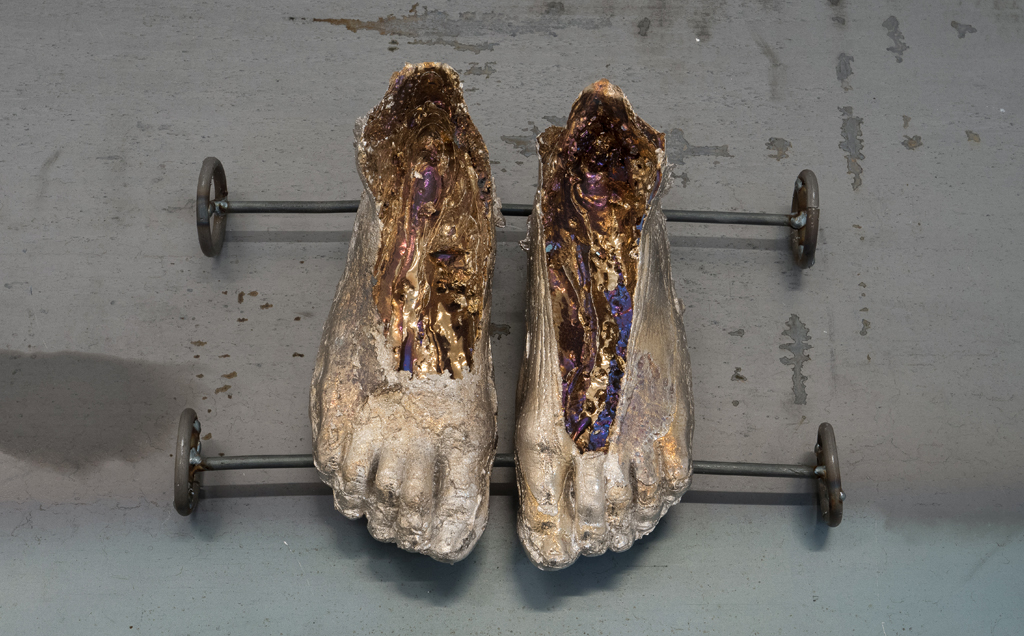

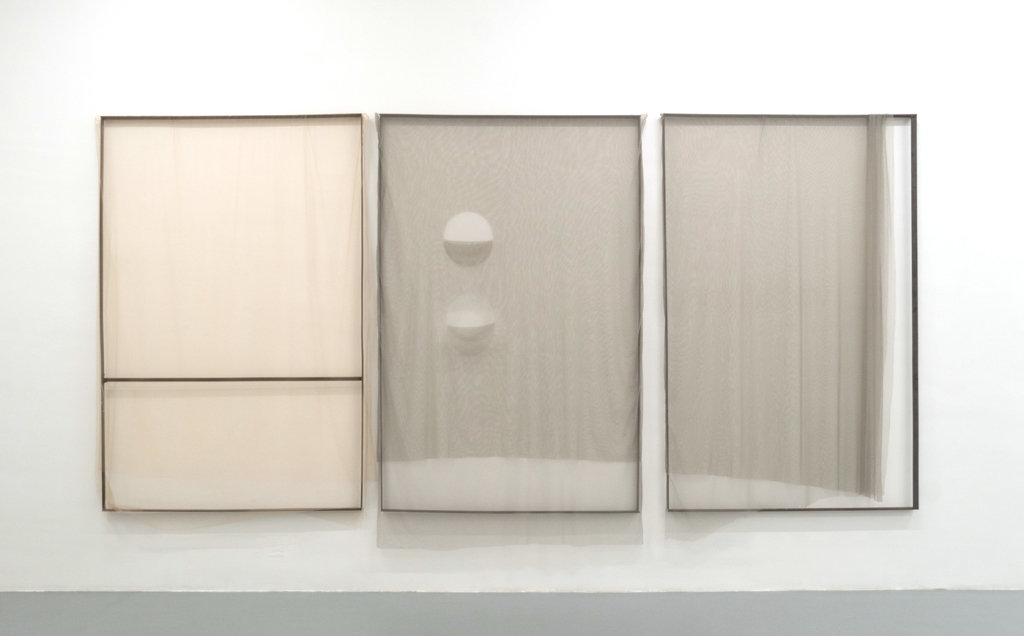


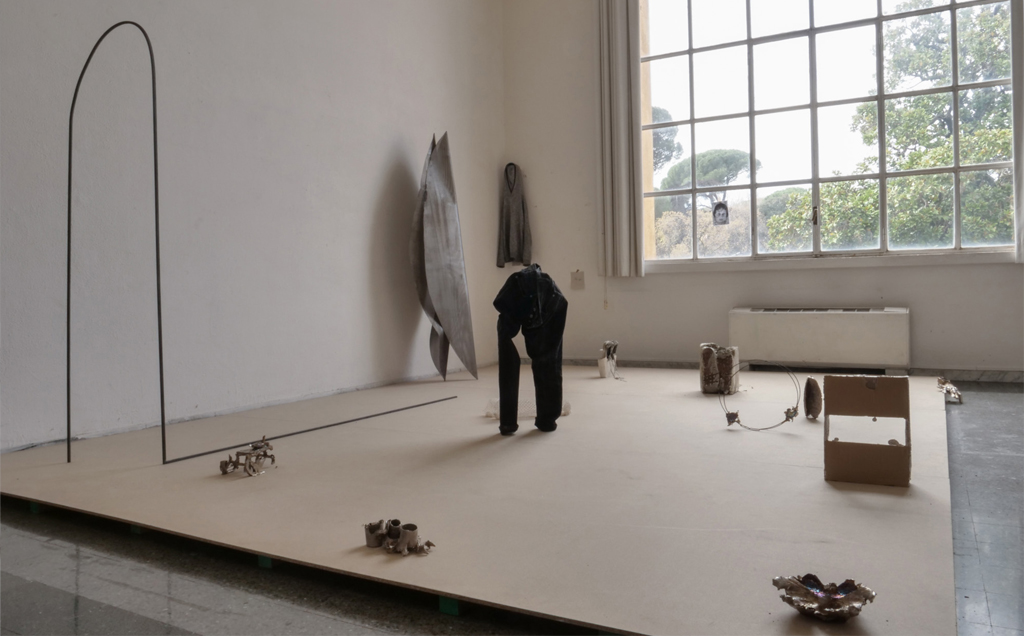

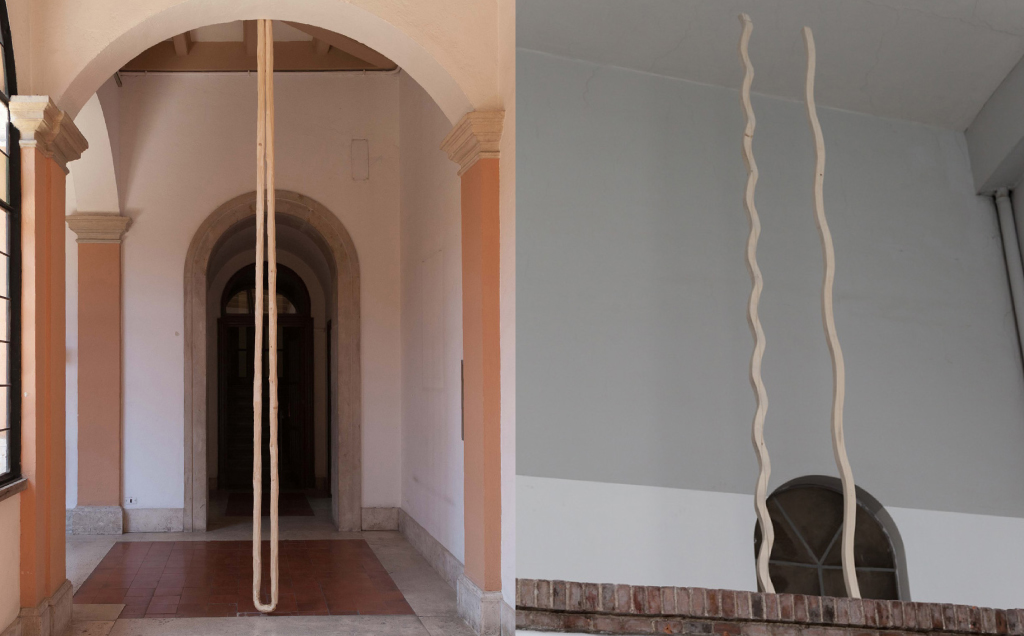


Javier Arbizu_CV_Dossier
Exhibitions
_An elusive reference point
_Sister song
_Construction: background and figure
_The role of drawing VII_Blanca Gracía_Enrique Marty_Ernesto Casero_Javier Arbizu_Miguel Scheroff_Curated by Rafael Doctor
Javier Arbizu, on the other hand, focuses on the material conditions of our lives, on a certain work of archeology of the present. An exploration of the nature of matter, the agencies and causalities of objects, as well as their capacity for action, interpellation and expression. Arbizu raises an approach to the unknown, the uncertain, the indecisive in order to find a form in the real that transforms and reinvents the symbolic through the aesthetic experience.
In his works, what is potential or latent is as important as what is current and manifest. The transformation of everyday objects through minimal manipulations, juxtapositions, the misuse and degradation of many of the materials stresses the uncanny condition of things. In this way the artist questions the boundary between bodies and space, the human and the non-human, in a kind of reconstruction or emotional disfigurement that makes us think, through the material world, about the ecological and economic disaster of our era.
The construction processes involve a negotiation exercise between the characteristics and dynamics of the materials and the intuitions and desires of the artist, always pondering a certain haptic condition. In this context, objects are understood as actants, which operate from their own physical, temporal and psychological dynamics. That is, vital bodies that are affected by external stimuli, which alter their possibilities of interaction.
The work of Arbizu pays special attention to the use of unconventional materials and their physical and chemical characteristics, their own processes of transformation, reaction and relationship with gravity, light or other agents, through various sculptural techniques, such as assembly, castings in plaster, melting of metals such as bismuth and steel welding. In short, they are worn out objects, abstracted in themselves, handmade with simple and sober techniques in response to a context where the standard is the digitalization of things, the oversaturation of images and the hyperrationalization of them.
